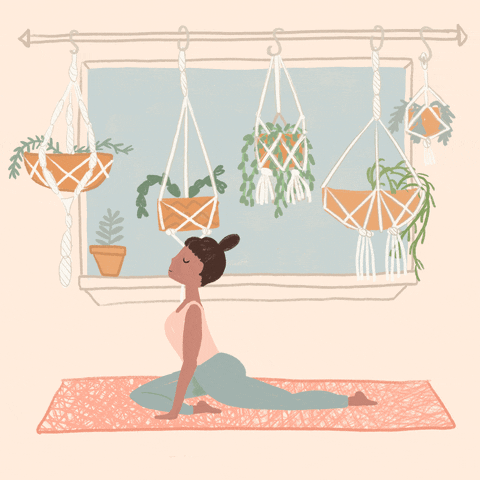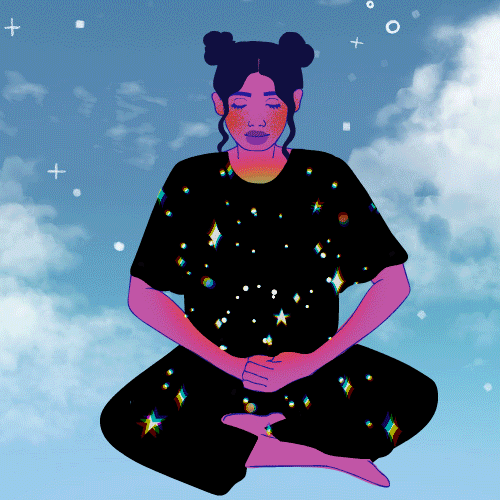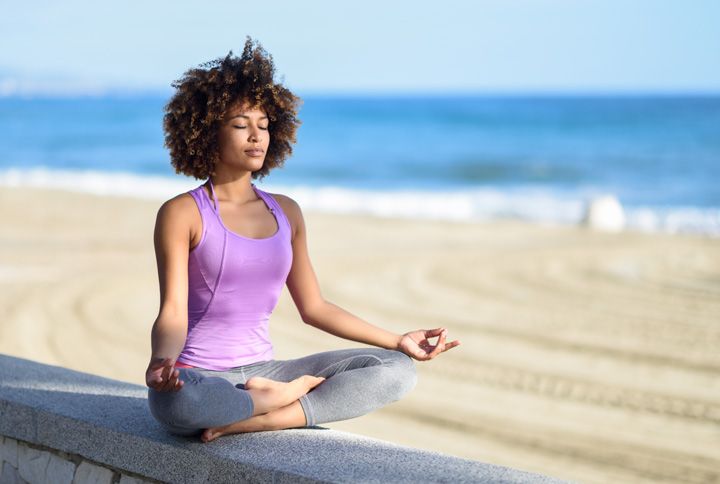It is a well-known fact that yoga is extremely beneficial for our body, mind and soul. It allows us to explore and tap into the body’s natural movement.
Often when we hear the word yoga we think of the physical aspect, that is, yoga asanas. Most people think of yoga as an act that contorts the body into the form of a human pretzel. But yoga is more than just asanas or poses. The Yoga Sutras of Patanjali, clearly reflect this distinction. Yoga when practised in its true sense, transcends the physical into that which we cannot see, but rather feel.
The philosophy of yoga creates a systematic route to attain the final goal—nirvana (liberation), kaivalya (detachment), and samadhi (enlightenment). To help us understand yoga beyond asanas and poses, we reached out to Celebrity Fitness Instructor Samiksha Shetty, and asked her to share her expert inputs. Scroll down to read Samiksha’s explanation of the eight-limb path of yoga, each of which guides us on how to live a meaningful life.
1. Yama Or External Restraint
The yamas are ethical precepts that offer guidance on how to act toward others. They are ahimsa (non-violence), satya (truthfulness), asteya (non-stealing), brahmacharya (non-excess), and aparigraha (non-possessiveness).
2. Niyama Or Internal Restraint
The second limb is niyama. These are five guidelines focused on how we relate to our own selves. They are saucha (purity), santosha (contentment), tapas (self-discipline), svadhyaya (self-study), and
ishvara pranidhana
(surrender).
By learning and then incorporating the yamas and niyamas into our lives, we start to live in alignment with our highest values and self.
3. Asana Or Physical Postures
The third limb of yoga is asana. This part of the practice we are all aware of.

4. Pranayama Or Breath Control
The fourth limb of yoga is the foundation of all yoga practices. Breath control can be practised anywhere, any time. It’s exceptionally beneficial in those moments that induce emotions like fear, sadness and anger.
5. Pratyahara Or Sensory Withdrawal
It is only when we get still and quiet that we can truly get in touch with our deepest selves, the part of us that knows who we are away from the trappings of our professional and personal lives.
The final three limbs of yoga pertain to the practice of meditation. The asana practice is simply a means to this important end: To make the body flexible and light enough so that it can sit comfortably for long hours of meditation.
6. Dharana Or Concentration
Bringing focus on perhaps a mantra, the breath, or even a physical sensation.

7. Dhyana Or Meditation
Dhayana is internalisation through meditation. It is the process of trying to get to know your true inner self and the universal self. Through this process, we learn to reflect and respond rather than simply to react without thought to that which arises in life. It helps us know peace and to spread more peace.
8. Samadhi Or Enlightenment
The last limb is the true yogic state achieved through the complete internal and external cleansing of the body, mind and soul.
What would you like to know about yoga? Please share it with us in the comments below.
Join Girl Tribe By MissMalini on Facebook to be a part of more such conversations!

